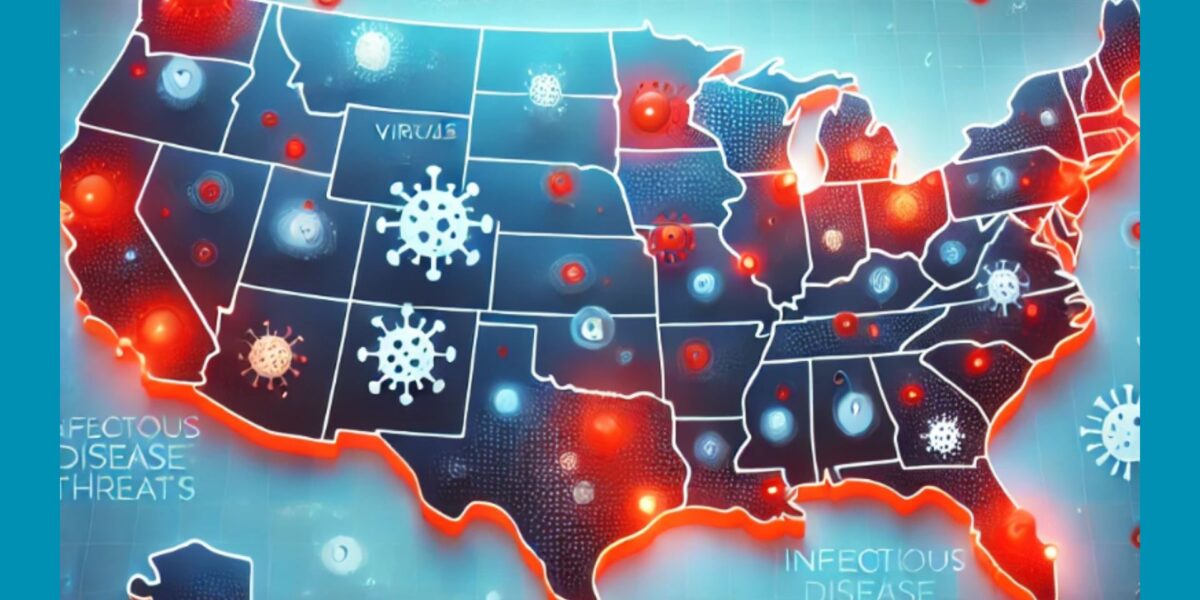
Special thanks to Karie Youngdahl for this blog post from The History of Vaccines on vaccinology predictions presented at the 20th Annual Conference on Vaccine Research (ACVR) held in Bethesda, MD last month.
By 2017, will polio be eradicated? Will we have a new Lyme disease vaccine? Can we make influenza vaccines more effective? Vaccinologist Stanley A. Plotkin, MD, made a series of predictions for the field for the next ten years that included some hopeful answers to these questions, along with a more pessimistic take on the effect of the current political climate on vaccine acceptance and support for scientific research.
Plotkin made his predictions at the National Foundation for Infectious Diseases (NFID) Annual Conference on Vaccine Research. But first, he reviewed his predictions from the 2007 conference when he completed a similar exercise.
Some of his 2007 predictions have come to pass: a new monovalent rotavirus vaccine was licensed, the rotavirus disease burden in developed countries that use the vaccine has been greatly reduced, and the HIV vaccine tested in the Thai trial showed partial efficacy. However, his prediction did not come to pass that by 2017 a prophylactic Type 1 diabetes vaccine for those at high genetic risk of the disease would be licensed. Additionally, he predicted that oral vaccines for shigella and other enteroviruses would be licensed—events that have not come to pass.
Plotkin’s predictions are as follows:
- A respiratory syncytial virus (RSV) vaccine for use in the elderly will be licensed. Though Plotkin would like to see a vaccine for infants, too, the older adult target is easier to achieve because safety issues will be less of a challenge to control.
- A Clostridium difficile antitoxin vaccine will be licensed. Plotkin observed that decisions about whom to vaccinate and when may be more difficult than developing the vaccine, given that this disease is mainly a problem in hospital settings.
- A new adjuvant other than MF59 and AS01-AS04 will be licensed. A logical application of a new adjuvant will be one that can selectively stimulate different immune cell types, such as dendritic cells, B cells, and Th1 and Th2 cells, and so on, to induce a stronger, more targeted immune response.
- Another dengue vaccine, in addition to the currently licensed tetravalent Sanofi vaccine, will be licensed.
- The influenza stalk antigen will be included in influenza vaccines. This addition of an antigen that is broadly conserved in different influenza viruses is badly needed given the only moderate efficacy of the vaccine. The stalk antigen, Plotkin thinks, will be the easiest, most obvious way to improve the vaccine.
- A new Lyme disease vaccine will be licensed. A few candidate vaccines are coming along and, given the disease burden, a vaccine is badly needed. (Read more about the history of the once-licensed Lyme disease vaccine)
- A norovirus vaccine will be licensed, though Plotkin says he is not sure how effective it will be.
- The acellular pertussis vaccine will include genetically detoxified pertussis toxin. Plotkin notes that this is a logical response to circulating pertussis strains that are now producing more pertussis toxin.
- Polio will be eradicated. Plotkin noted that he thinks this should have happened by now, and that he thinks eradication efforts have been somewhat misdirected.
- A group B streptococcus vaccine will be licensed.
- A DNA and/or RNA vaccine for humans will be licensed. Several DNA vaccines have been licensed for veterinary use, but none have yet been licensed for humans.
- A vaccine manufactured by a group outside the United States will be licensed for use in the United States. This prediction points to the changing landscape of vaccine manufacturing, including the paucity of US vaccine manufacturers and the growing influence of vaccine manufacturers in middle income countries such as India and Brazil.
- A cytomegalovirus (CMV) vaccine will be licensed for transplant recipients. Though Plotkin hopes for a vaccine to prevent disease in women of childbearing age (maternal CMV infection can harm a developing fetus), he doesn’t think a 10-year timeline for this application is realistic.
- A clinical trial will show moderate efficacy of an HIV vaccine. Plotkin indicated that he would consider a 50-60% efficacy in certain risk groups to be moderately efficacious. This would be an improvement over the 30% reduction in HIV infection that was evident in the Thai trial and a level of reduction in HIV infection that would have a public health benefit.
- The intradermal route of vaccination will become more common.
- A common pneumococcal protein will be added to the pneumococcal conjugate vaccine. Plotkin notes that this would be a good alternative to continuing to add serotypes to existing conjugate vaccines.
- Via the newly formed group Coalition for Epidemic Preparedness and Innovation (CEPI), vaccines for the emerging threats of chikungunya virus, Lassa fever virus, Nipah virus, and MERS virus will be developed.
- Plotkin said that he regrets having to make this final prediction, but he thinks that the current political situation will lead to decreased immunization coverage in the United States.
In the question and answer session that followed, Plotkin noted that the same factors that would lead to decreased immunization rates in the US could also lead to reduced funding for vaccinology. But, as he says, the future is inscrutable, and predictions are easy to make.
Let’s check back in 2027 to see how many of Dr. Plotkin’s predictions have come to pass.
To access recordings of selected educational sessions from the 2017 ACVR, visit the NFID website.
To join the conversation, follow NFID on Twitter (@nfidvaccines) using the hashtag #ACVR, like NFID on Facebook, join the NFID Linkedin Group, and subscribe to NFID Updates.
Related Posts

News Round-Up: Infectious Disease Threats
According to NFID website poll, there are several worrisome infectious disease threats. Read recent news on topics of greatest concern, including avian influenza (bird flu), measles, and respiratory syncytial virus (RSV) …

Vaccines and Heart Health: A Vital Connection
Heart disease can increase the risk of serious or fatal complications from respiratory diseases including COVID-19, flu, and RSV

Harnessing the Power of Local Data
NFID dashboard aims to empower stakeholders with hyperlocal data to increase US adult respiratory vaccine uptake

